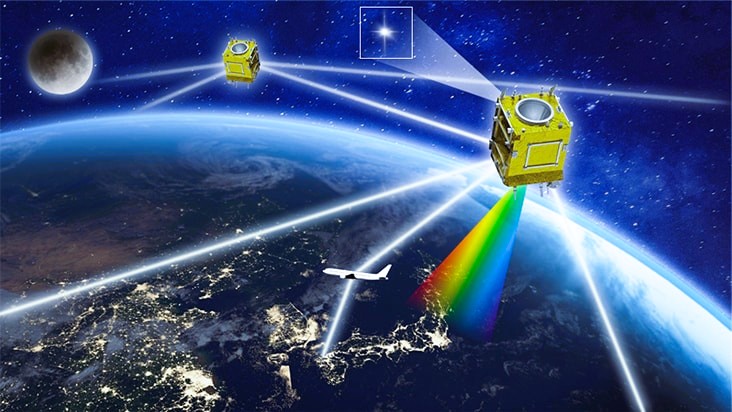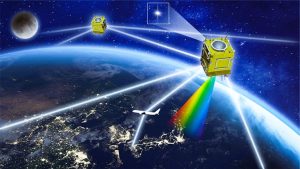
Star sensors, optical devices, actively capture star field images and compare them with onboard star catalogs to calculate spacecraft attitude with high precision, typically at arc-second levels. Collaboration with the European Space Agency (ESA) and the UK’s independent satellite industry post-Brexit significantly boost demand for locally sourced or accessible star sensor technology. Their importance extends beyond government-funded projects. UK commercial entities, particularly in the emerging small satellite market, actively use these sensors for applications like Earth observation, telecommunications, and even space tourism.

The UK market offers various star sensors, categorized by design, precision, and application:
– Miniature or CubeSat Star Sensors: Compact and low-cost, these suit nanosatellites and educational projects. They use CMOS image sensors and basic algorithms, achieving 10-20 arc-second accuracy.
– High-Precision Star Trackers: Designed for large satellites and deep-space probes, they deliver sub-arc-second accuracy. They withstand radiation and extreme temperatures, often incorporating multiple cameras for redundancy.
– Autonomous Star Sensors: Fully self-contained, these units perform onboard processing, eliminating external computer reliance. This reduces system complexity but increases costs due to integrated electronics.
– Wide-Angle Star Sensors: Developed for ESA missions, like the Wide-Angle Star Sensor (WASS), they capture broader fields of view, ideal for initial attitude acquisition.
Prices vary by type. Entry-level miniature sensors start at £5,000-£10,000, while advanced models may exceed £50,000 per unit, especially when customized for specific missions.
Several factors determine star sensor costs, so evaluating needs before purchasing is crucial:
– Accuracy and Performance: Higher accuracy drives up prices. Sensors with better than 1 arc-second precision cost more due to advanced optics and algorithms.
– Radiation Hardness and Durability: Harsh space environments demand radiation-resistant sensors, which use costly components. UK regulations and ESA standards often require these, raising base prices by 20-50%.
– Size, Weight, and Power (SWaP) Optimization: Compact designs for CubeSats are cheaper, but SWaP-optimized sensors for large missions increase costs through engineering iterations.
– Manufacturer and Brand Reputation: Established UK and European brands like BAE Systems or Terma ensure reliability but cost more than emerging Asian suppliers.
– Supply Chain and Import Tariffs: Post-Brexit, importing from non-EU countries may add tariffs and logistics costs, impacting pricing. Local UK manufacturing mitigates this.
– Volume and Customization: Bulk orders reduce unit costs, while custom designs, like integration with specific satellite buses, raise expenses.
In 2023, mid-range star trackers averaged $20,000-$40,000 (£15,000-£30,000). However, UK-specific factors like 20% VAT and certification requirements may increase prices.
As of 2025, global supply chain dynamics and technological advancements influence UK star sensor prices. In 2023, the global star tracker market was valued at £220 million, projected to reach £411 million by 2031. In the UK, a focus on cost-effective small satellite technology keeps average prices slightly below the US, with standard units ranging from £10,000-£30,000.
Recent trends show affordability improvements. Low-cost multi-camera systems, explored in research, reduce prices by 30-50% through simplified designs. However, inflation and material costs, like optics and electronics, cause 5-10% annual price increases. Competition from new entrants like Solar MEMS stabilizes the market.
For UK buyers, government funding through Innovate UK offsets R&D costs, making high-end sensors more accessible. Additionally, the aerospace sensor market grows at a 7-8% annual rate, with star sensors holding a significant share.
Procuring star sensors in the UK involves these steps:
– Assess Needs: Define mission requirements—accuracy, environment, integration—to avoid overspending.
– Research Suppliers: Use directories like SatNow or contact UK space hubs in Harwell or Glasgow.
– Request Quotes: Platforms like satsearch enable direct quote requests, often securing competitive prices.
– Consider Testing and Certification: UKAS-certified testing adds costs but ensures compliance.
– Budget for Extras: Include software, baffles, and installation costs, which may raise total expenses by 10-20%.
Send us a message,we will answer your email shortly!